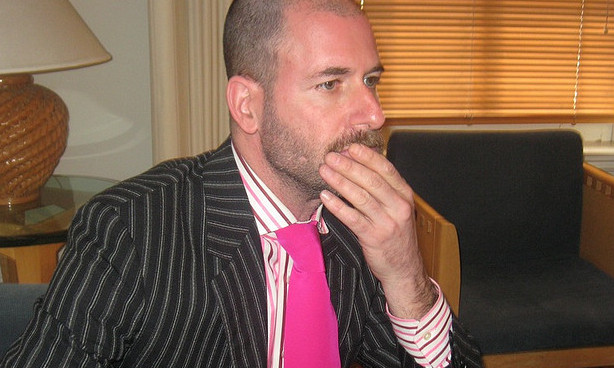Goldsmith radical class space

Kenneth Goldsmith writes:
During a recent classroom visit of a visual artist, it occurred to me that we've reached a new paradigm in radical pedagogy. The artist entered the room, greeted the class, and began his lecture with a PowerPoint presentation about his work. While he was speaking, he noticed that the class — all of whom had their laptops open and connected to the internet — were furiously typing away. He flattered himself that, in the traditional manner, the students were taking copious notes on his lecture, devouring every word he spoke. But what he was not aware of was that the students were engaged in a simultaneous electronic dialogue with each other about what the artist was saying, all played out over the class listserv, which they all had instant access to. During the course of the artist's lecture, dozens of emails, links, and photos very blazing back and forth to each other; each email elicited yet more commentary and gloss on the prior emails to the point where what the artist was saying was merely a jumping off point to an investigation of such depth and complexity, that the artist — or any ideal of traditional pedagogy — would never have achieved. It was an unsurpassed form of student's active and participatory engagement, but went far astray from what the speaker had in mind.
When later told about this, the artist was very disturbed. His ego was mauled and when shown the blizzard of gloss, was more dispirited as he felt much of what had transpired was irrelevant and even irreverent (hastily Photoshopped detournments of images and concepts he brought up). He was flabbergasted that all of this "conversation" was happening and he, the authoritative speaker, was not privy to what was being said.
I had to explain to him the very positive aspects of this new pedagogy, that in fact his words were triggers for engagements and explorations that, while not wholly controlled by him, were catalysts for thinking in ways other than what he had planned. I told him that their engagement was a deeper one than what normally occurs.
And so we have a glimpse into the future. I can envision a class where bodies physically exist in the same space without a spoken word having transpired; where communication happens electronically and instantaneously — often concurrently — yet retains a semblance of community and continuity, even warmth and intimacy. What the electronic classroom does is give us new ways of being together. I often tell my students that they are smarter with a laptop connected to the internet than they are without one. And after seeing what the results of this are, I am more convinced that I can never go back to a traditional classroom pedagogy. The role of the professor now is part party host, part traffic cop, full time enabler.